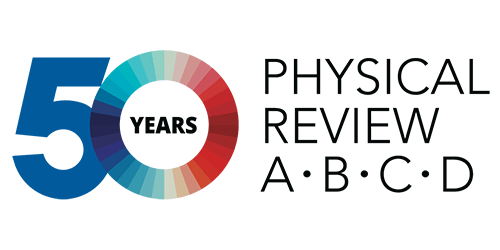The Physical Review’s Split, 50 Years Later
In December 1969, the American Physical Society published the last volume of the Physical Review—a mammoth journal that covered all physics topics. By the start of the next year, the journal had split into four separate journals, Physical Review A, B, C, and D, that cover different fields within physics.
In an editorial published in Physical Review Letters a few years before the split, Samuel Goudsmit, who was then Editor of the Physical Review, bemoaned a pre-internet problem—the Physical Review was becoming too large to be useful to an individual researcher. And he was concerned, he wrote, that losing the journal’s utility would hurt the research community’s ability to access physics advances.
“It has been stated that journals are no longer the principal means of communication in physics but that preprints, topical meetings, travel, and telephone calls are used to spread the news,” Goudsmit wrote in the 1965 editorial. “We believe, however, that such methods reach only a small self-styled ‘elite’ and that the journals can cover a very much larger community of interested colleagues.”
He wrote that he hoped sectioning the journal into four broad fields, which could be subscribed to separately, would make the journal more useful and accessible for researchers. These sections were still collected in a single book until the Physical Review officially split into four journals in 1970.
APS is marking the anniversary of Physical Review A, B, C, and D in several ways:
• Each of the four journals is featuring milestone research that has had significant impacts on their fields. See the highlights from PRA, PRB, PRC, and PRD.
• If you’re an author and want to publish open access papers, many of the Physical Review journals (including Physical Review Letters) are offering 50% discounts on article publication charges for articles submitted in 2020.
• Physics will publish a series of four stories about influential work published in these journals and the impact they continue to have today. The first one, covering research in optics, atomic and molecular physics, and quantum information (in PRA), appears today. The other three, on condensed matter and materials physics (in PRB); on nuclear physics (in PRC); and on particles, fields, gravitation, and cosmology (in PRD), will be published later this year. Keep an eye out for those stories for insights on how physics has evolved over the last five decades.
–Erika K. Carlson
Erika K. Carlson is a Corresponding Editor for Physics based in Brooklyn, New York.





